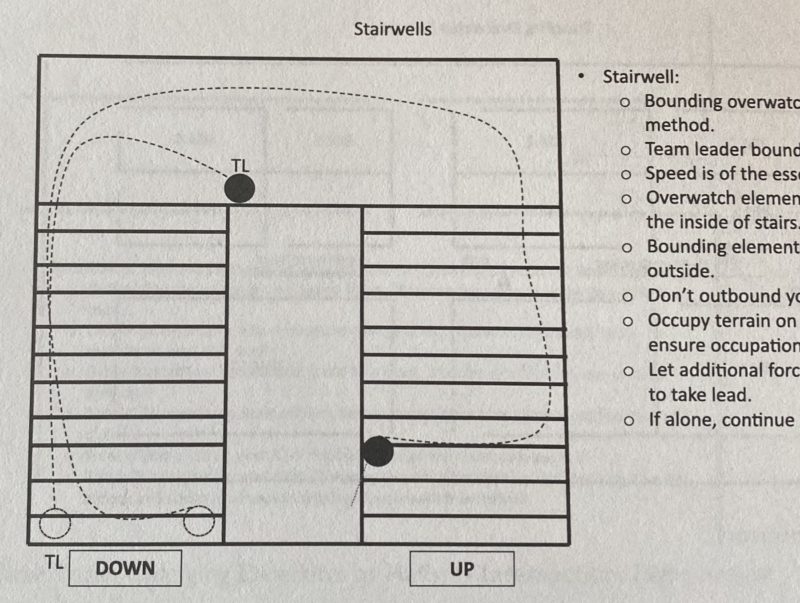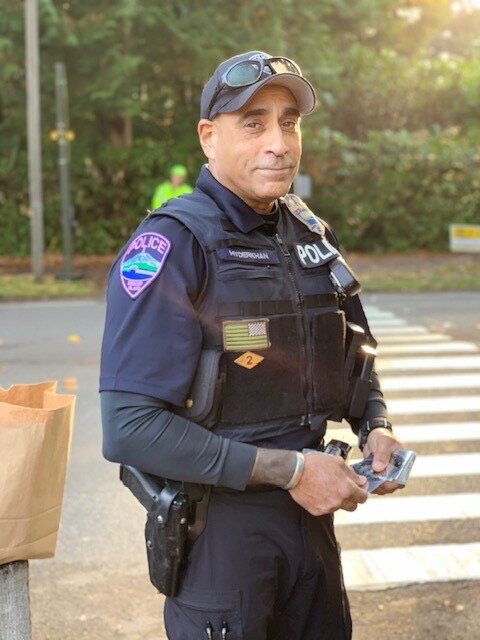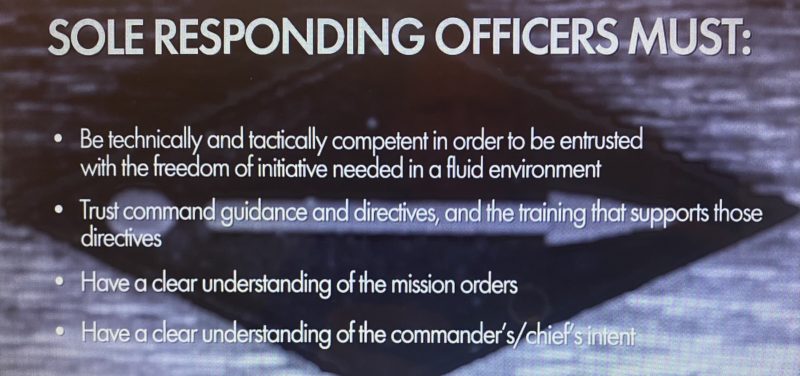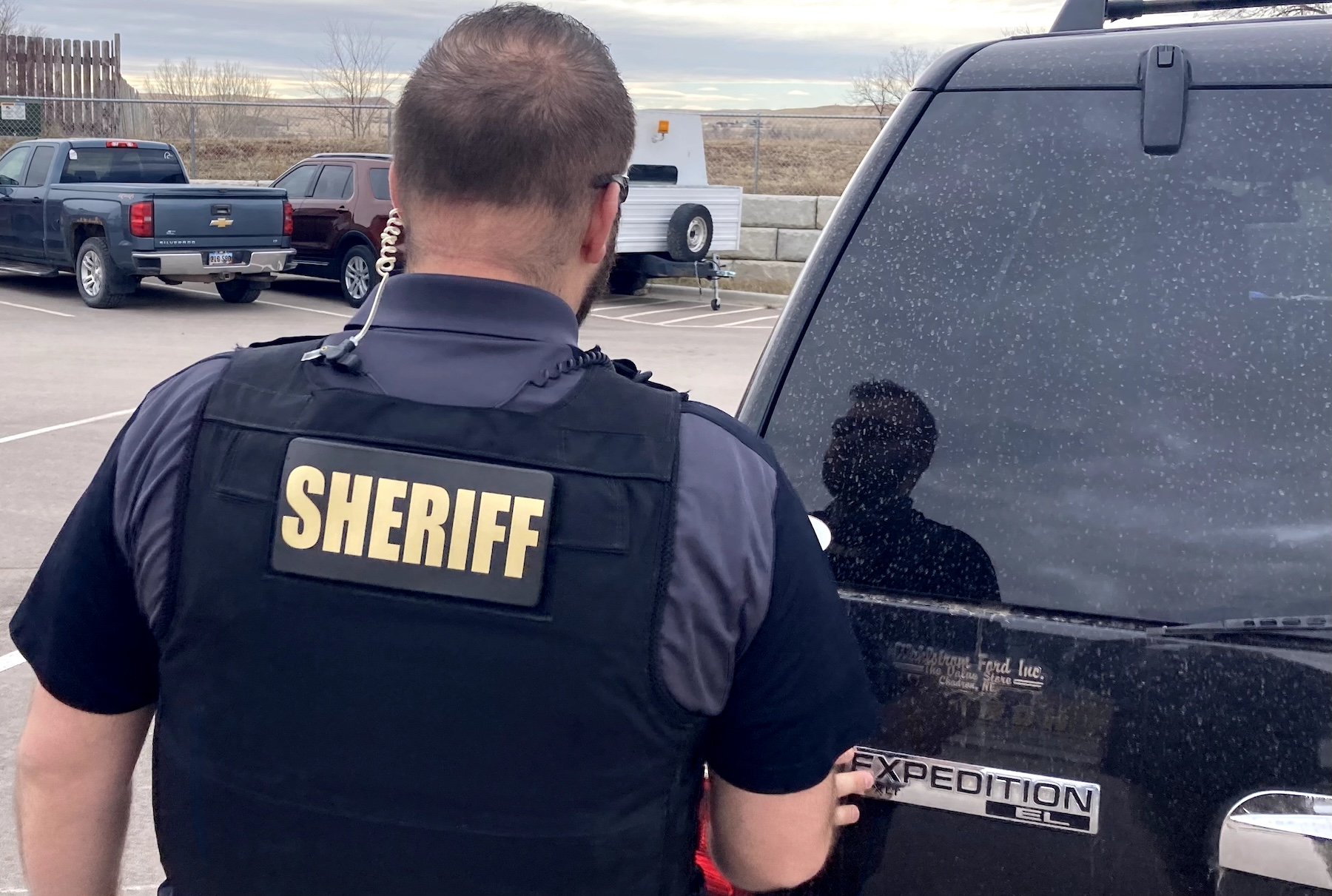
9780367243869_cover.indd
Once again, Active Killer events are back at the forefront of everyone’s mind. While there are a lot of questions, there are not always enough well-researched and thoughtful answers. This article reviews author Scott Hyderkhan’s Active Shooter response manual. It is a revised second edition from July 2020. The first edition, released in 2014, was one of the most comprehensive active shooter response manuals available at that time.
This edition is updated to make it even more comprehensive, integrating lessons learned and updating tactics and training protocols. This manual is a must-read reference and training guide for any law enforcement agency.
Written in a straightforward military manual approach, Hyderkhan provides a structured no-nonsense approach to the topic. Precise terminology definitions ensure that readers fully understand all key terms and concepts.

There is more to an Active Killer response than meets the eye. Command posts and medical operations are also of concern.
“…The lack of training, cohesiveness, and continuity in responding to an active shooter/ongoing acts of violence incident makes span of control a major concern for LE.” The book identifies challenges inherent to law enforcement active shooter response while offering strategies to minimize these challenges or avoid them entirely.
The manual provides the reader with a solid foundation through reviewing historical active shooter incidents and lessons learned and how U.S. Army small unit tactics have evolved over time. Through these historical reviews, Hyderkhan clarifies how some U.S. Army small unit tactics can be applied to law enforcement active shooter response in order “to close with the enemy utilizing fire and maneuver to defeat or capture him.”
Active Shooter Response Training: Lone Wolf to Coordinated Attacks is not simply a tactical ‘how-to’ manual. It is a comprehensive guide. It provides “…a holistic approach of prevention, preparation and execution is proposed in order to counter active shooter/complex coordinated attacks.“
A brand-new officer can read this work and have a solid foundation of the why’s and the how’s of active shooter response, including a list of necessary skills; guidance for several likely physical locations; essential individual skills to gain competence with; and a solid training plan to hone those skills.
“Training must focus on flexibility and reaction to the unknown.” Experienced officers and training officers will find this manual just as valuable. Solid training plans for individual and team skills, exercise scenarios, and evaluation criteria for success make this an excellent tool for any officer.
If your agency does not already have a solid active shooter response training protocol, this manual provides you with one. If you have an established training regimen, review it against this manual, and you will incorporate improvements and training points.
Scott, first tell me a little about your background:
I am a retired Army Master Sergeant. As a U.S. Army Ranger, I served in the 2nd Battalion 75th Ranger Regiment for most of my 20-year career. I also served 19 years as a Patrol Officer for the Mercer Island, Washington Police Department. I was part of their Special Operations/Tactical Response Unit, the Bicycle Patrol, was a Marine Patrol/Boat Operator, and an Active Shooter Instructor.
I recently retired from Mercer Island PD and am now the president of Kinetic Tactical Training Solutions LLC.
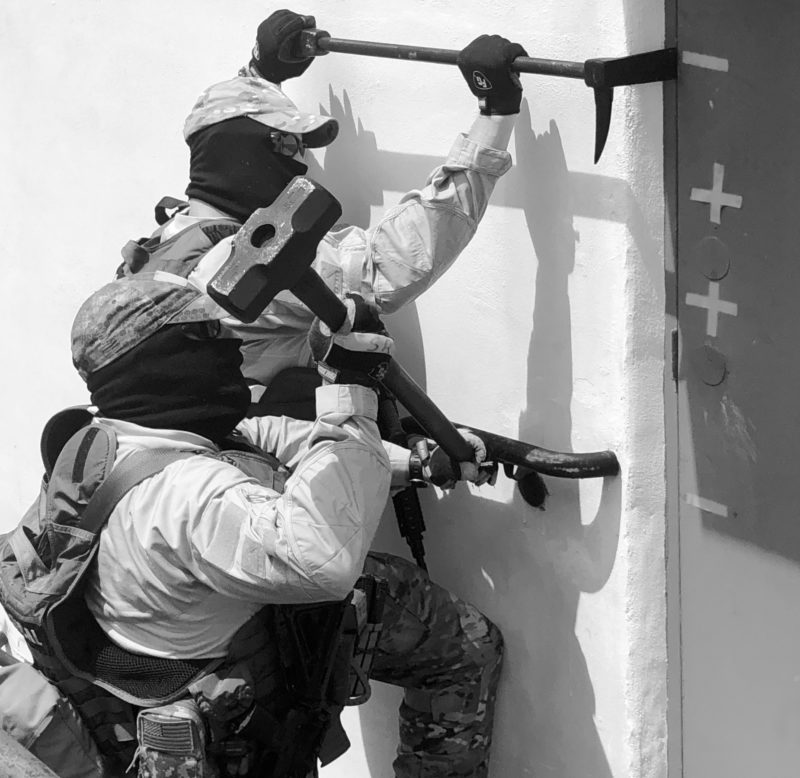
As we have all learned, breaching is a task that officers has to be prepared and equipped for prior to an Active Killer event.
What led you to write this book? Was there something you saw missing?
I wanted to create a one-stop, go-to reference manual for agencies small and large. This manual touches on all aspects of the active shooter response mission, from tactical doctrine, action drills, combatives, communications, to breaching and more.
Did I see anything missing? Yes. I believe many current protocols and best practices are a loose assortment of tactics with little actual strategy in mind.
Tell me about your recommended active shooter doctrine.
The Active Shooter Small Unit Doctrine (ASSUD) is designed to operate at the 2-officer level.
This (doctrine) shrinks the span of control and size of the element, giving it speed and agility, which allows violence of action. ASSUD is designed to start with a solo responding officer and builds from there.
The manual describes methods to organize, plan, and train regionally.
Action drills (or battle drills) are how armies fight at the small unit level – this manual has ten action drills for the active shooter mission.
What areas for improvement do you see in current protocols?
In the future, I think we need to instill a Mission Command Philosophy, with mission orders, commanders’ intent, and a concept of the operations detailed in briefings I call Active Shooter Hostile Event (ASHER) Briefs. To achieve this, officers must be self-confident in their tactical skills, and commanders must allow officers to make decisions and seize opportunities to eliminate the threat in a dynamic environment.
What lessons from your manual can the average citizen apply?
Average citizens can be vigilant in public areas: noting exits and entrances, and carrying concealed even when they don’t want to. The techniques and drills presented in the manual can also apply to armed citizens. Knowing your surrounding environment is important- allowing you to react immediately when the need arises.
What lessons can we apply from the shooting in Uvalde?
The shooter appeared to be planning on the fly, almost telegraphing his moves. There were opportunities to end the threat early – which, tragically, were missed. We need to do better. Agencies need to train and ensure that policies are in place to support the response to these dynamic incidents.
Where can readers purchase your manual?
The manual itself is $69.95 at either https://www.ktts275.com or on Amazon.com. The cost includes a code for 50% off the companion online library of videos. More videos will be released in late 2022.

